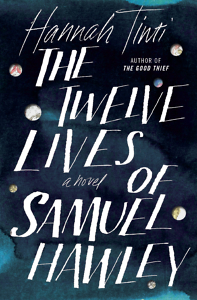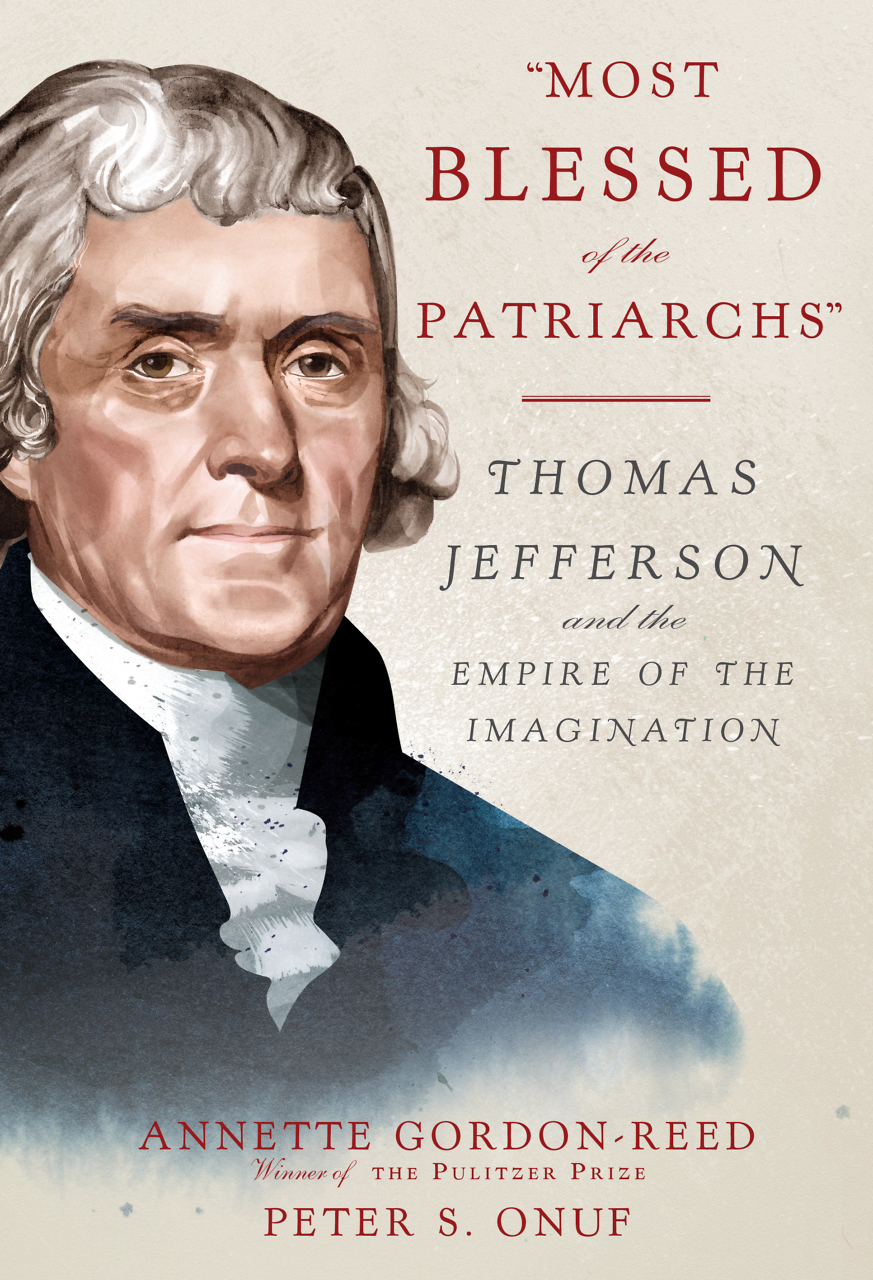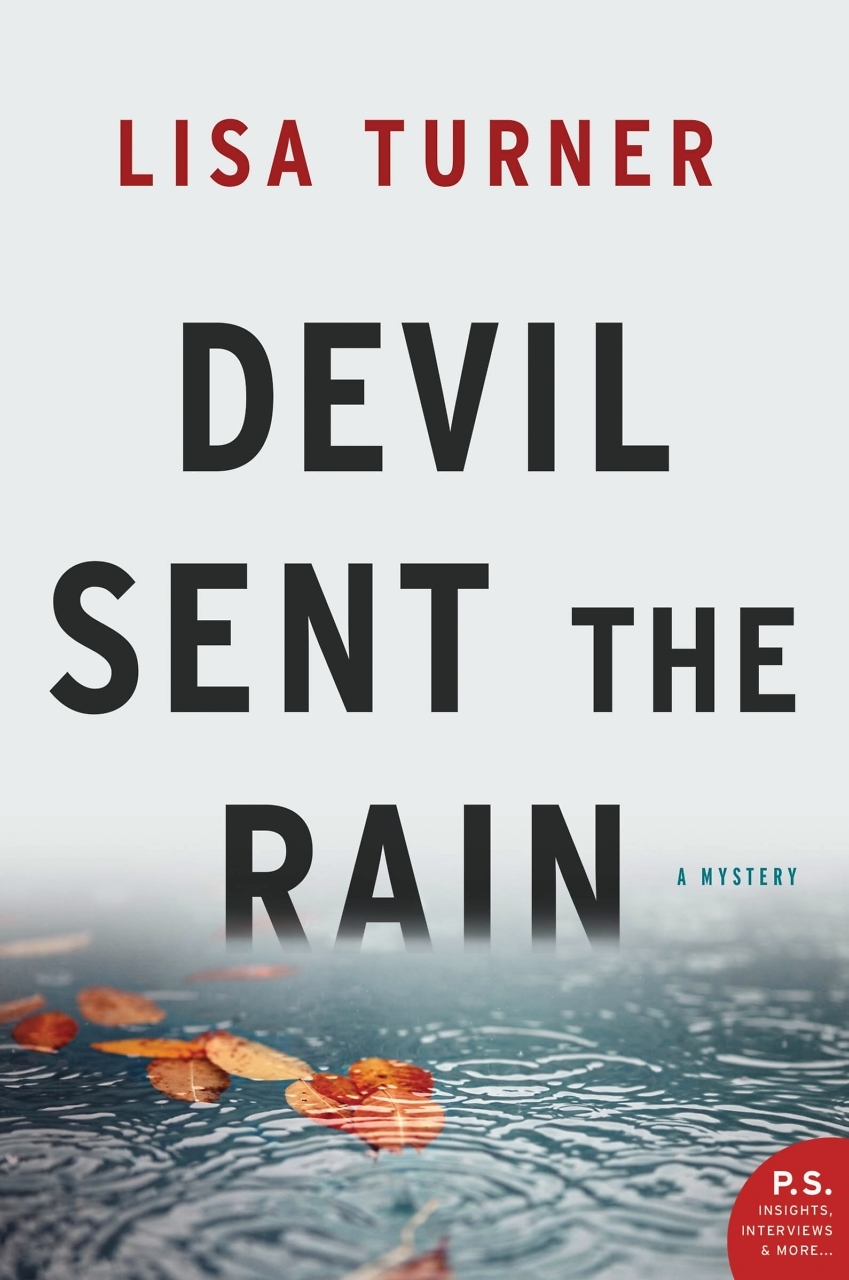Something to Lose
In Hannah Tinti’s The Twelve Lives of Samuel Hawley, a father’s past haunts his daughter
Samuel Hawley is no one’s ideal citizen. In Hannah Tinti’s novel The Twelve Lives of Samuel Hawley, the anti-hero moves from town to town, his young daughter in tow, staying nowhere longer than six months. Hawley does not trust banks, preferring to keep rolls of hundreds stashed in safety deposit boxes around the country, from Florida to Seattle. His extensive gun collection—all perfectly legal, with the requisite permits—could outfit a mid-sized militia.

Somehow, though, Hawley has kept his criminal past a secret from his daughter, Loo. Only after she watches him shoot out four security cameras and hot-wire a car to steal it from an impound lot does she realize that her father is a “professional.”
Tinti structures her novel with intermittent flashbacks to the twelve times Hawley has been shot (“Bullet Number One,” and so on), often in the commission of felonies, so the reader knows about this criminal history long before Loo catches on. In the novel’s present, Hawley decides that Loo, now twelve years old, deserves stability. He moves them to Olympus, Massachusetts, his late wife’s hometown, buys a house, and finds work as a fisherman.
At first they struggle to fit in, but by Loo’s sixteenth birthday it appears that she’s achieved a semi-normal teenager’s life. When she meets her maternal grandmother, however, questions begin to arise about the death of her mother, reputedly an accidental drowning. Loo knows Hawley still loves her mother from the way he holds onto relics of their brief married life: he keeps a collection of photos of Lily and pins them to the walls of bathrooms wherever they go. He also keeps a stock of Lily’s brand of hair products and perfumes so he can revive her memory through scent. Could this devoted widower have been responsible for his wife’s death?
The Twelve Lives of Samuel Hawley is packed with action. In the first chapter, when Hawley teaches Loo (short for Louise) how to shoot, the narrator provides a partial catalogue of Hawley’s weapons, including “a blot-action Model 5 Remington, a Winchester Model 52 and his Colt Python” plus “a set of silver dueling pistols in a polished wooden case, won in a poker game in Arizona.” Readers don’t have to wait long for the guns to go off, either. The book cover itself, pitted with gunshot holes, accurately signals that the novel overflows with bloodshed. Nor are the attacks limited to the human realm: when Hawley gets into a boat, be prepared for Moby-Dick-style aggression from an aquatic creature.
 Fists and bullets fly, and bodies are mutilated, but the novel’s carnage is not gratuitous or accidental—it’s a central thematic concern. Hawley never seeks out a fight but, when threatened, reacts with lightning quickness and savage ferocity, and Loo seems naturally to follow in his footsteps. Remembering the pleasure she felt in breaking the finger of a boy who bullied her, she fears that her nature inclines her toward evil. Loo “wanted to be a good person,” Tinti writes, “but she wasn’t sure she would ever be good.”
Fists and bullets fly, and bodies are mutilated, but the novel’s carnage is not gratuitous or accidental—it’s a central thematic concern. Hawley never seeks out a fight but, when threatened, reacts with lightning quickness and savage ferocity, and Loo seems naturally to follow in his footsteps. Remembering the pleasure she felt in breaking the finger of a boy who bullied her, she fears that her nature inclines her toward evil. Loo “wanted to be a good person,” Tinti writes, “but she wasn’t sure she would ever be good.”
Tinti keeps the episodes moving at a vigorous pace, filling each chapter with urgent conflicts that contribute pieces to the puzzle Loo is trying to solve. The lessons she learns along the way tend to be manual—how to fire a gun, dye yarn, gut a fish, remove a lover’s pants—but in Tinti’s world, physical conditions provide keys to understanding a character’s spiritual state. “For the first time, he had something to lose, and it was funny how that changed things,” Tinti writes. “He’d started wearing his seat belt. He brushed his teeth.”
Tinti’s work proves there’s still a way to write fiction about adolescents with an adult audience in mind. The Good Thief, her 2008 debut, takes a premise that sounds like a cross between Twain and Dickens—a one-armed orphan who falls in with a gang of grave-robbers—and turns it into a meditation on loyalty and identity. With The Twelve Lives of Samuel Hawley, she delves more deeply into the psyche of a teenage character, but the traumatic events Loo confronts should keep this book from being shelved anywhere near the YA section.

Sean Kinch grew up in Austin and attended Stanford. He earned a Ph.D. from the University of Texas. He now lives in Nashville.


